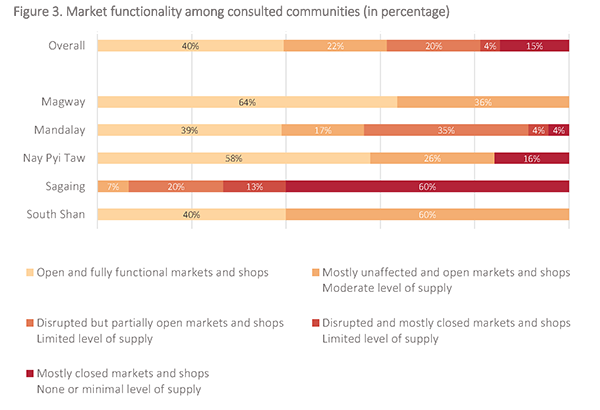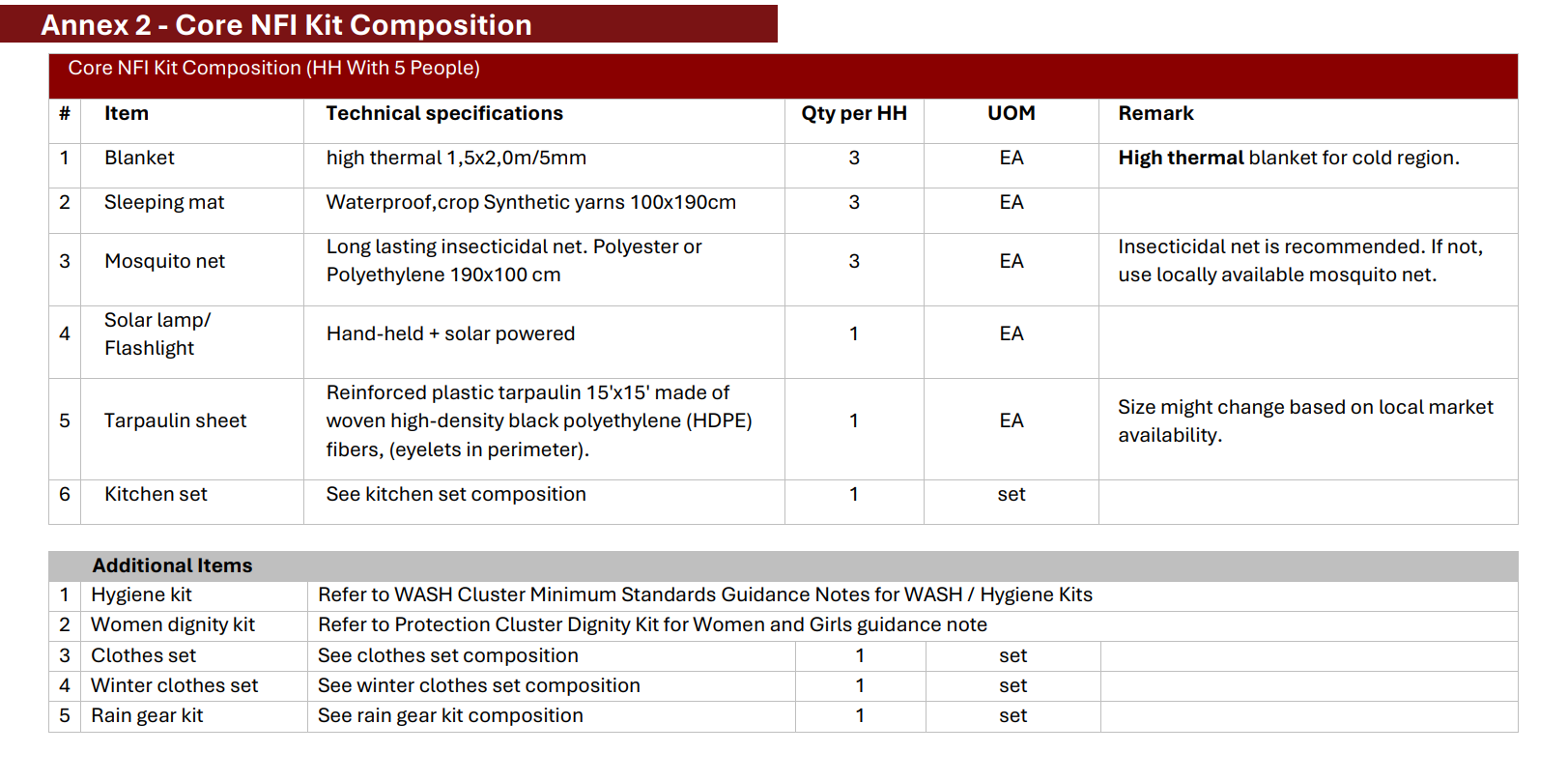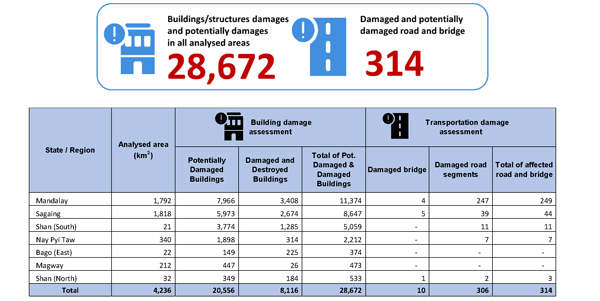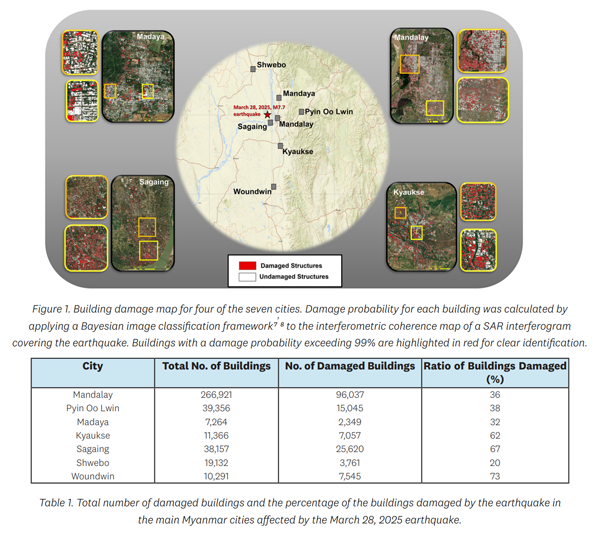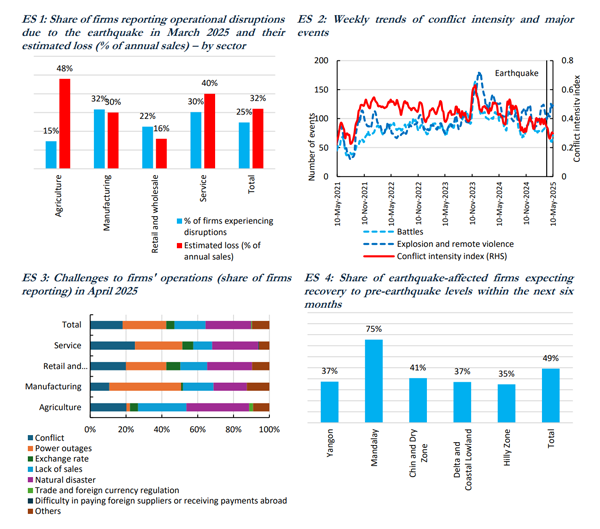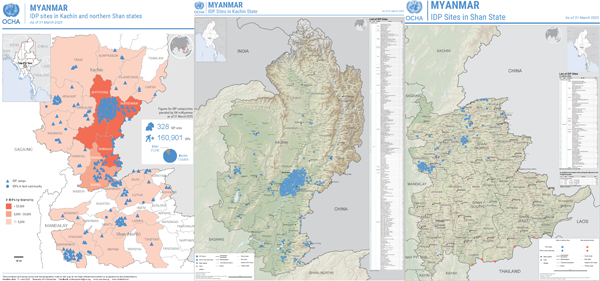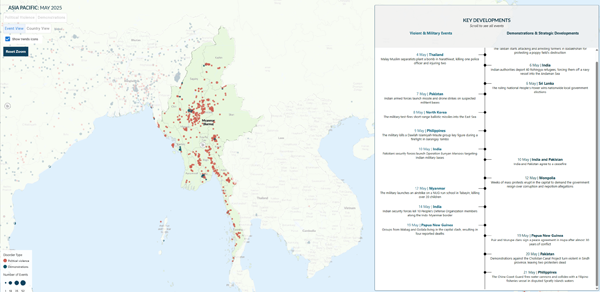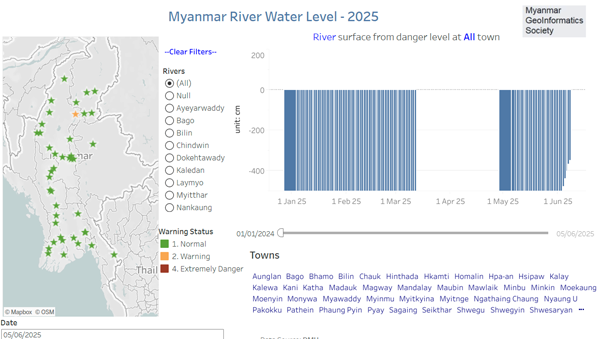In April and May 2025, OCHA conducted an access severity monitoring exercise, which included focus group discussions with UN agencies and international and national non-governmental organizations (NGOs) to assess humanitarian actors' perceptions of access difficulties and constraints in all 330 townships covered by the Myanmar Humanitarian Needs and Response Plan (HNRP) and the earthquake response Flash Addendum.
Findings as of 14 May 2025:
- Accessible (Access Severity 1) - 97 townships (about 29%)
- Moderate constraints (Severity 2) - 119 townships (36%)
- Highest access severity (Severity 3) - 114 townships (35%)


